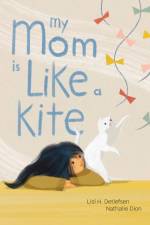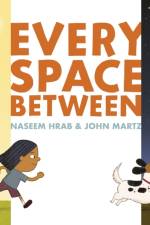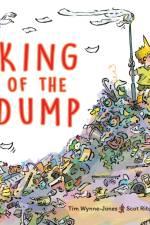av Marta Pantaleo
241
Cats have always fascinated us!When human beings first encountered wild cats, they could see things in the dark that our eyes couldn't, and their hunting helped keep pests away. Eventually, they became our companions, and joined us on journeys across the sea to faraway lands. Soon, the whole world became obsessed with cats!Over the centuries and all around the world, the cat has appeared in myths, legends, superstitions and stories. From the time we first admired cats in ancient Egypt, to the creation of cat cafés in Korea in the present day, cats continue to fascinate and intrigue us. While they allow us to understand some things about them, cats have still managed to retain an aura of mystery even today. Do any of us really know what's going on in their heads?Based on extensive research, this narrative nonfiction picture book traces the special relationship between humans and these furry felines - a purr-fect introduction for the youngest of readers to the mysterious world of cats! Includes backmatter with further information on the cat breeds featured in the book. A companion book to Dogs and Us.Key Text Featuresillustrationsfactsfurther information Correlates to the Common Core State Standards in English Language Arts:CCSS.ELA-LITERACY.RI.K.1With prompting and support, ask and answer questions about key details in a text.CCSS.ELA-LITERACY.RI.K.2With prompting and support, identify the main topic and retell key details of a text.CCSS.ELA-LITERACY.RI.K.5Identify the front cover, back cover, and title page of a book.CCSS.ELA-LITERACY.RI.K.7With prompting and support, describe the relationship between illustrations and the text in which they appear (e.g., what person, place, thing, or idea in the text an illustration depicts).CCSS.ELA-LITERACY.RI.1.2Identify the main topic and retell key details of a text.CCSS.ELA-LITERACY.RI.1.5Know and use various text features (e.g., headings, tables of contents, glossaries, electronic menus, icons) to locate key facts or information in a text.CCSS.ELA-LITERACY.RI.1.6Distinguish between information provided by pictures or other illustrations and information provided by the words in a text.CCSS.ELA-LITERACY.RI.1.9Identify basic similarities in and differences between two texts on the same topic (e.g., in illustrations, descriptions, or procedures).



























